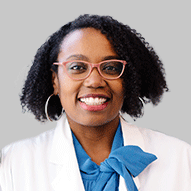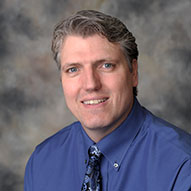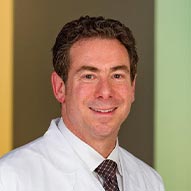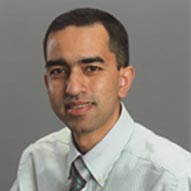Dallas (Cityville)
Outpatient
214-456-5530
Fax: 214-867-6901
Dallas
Inpatient
214-867-6700
Fax: 214-867-6701
Children with vent dependency need support from machines to breathe for all or part of the day. Our goal is to help these children experience the world outside the hospital. Our expert team will work closely with you to teach you how to care for your child’s complex health needs at home. With our ongoing support and care, your child can continue to be supported by a ventilator from the comfort of home and develop the skills they need in childhood and beyond.
214-456-5530
Fax: 214-867-6901
214-867-6700
Fax: 214-867-6701
A ventilator is a machine that pumps air into your child’s lungs. This air can contain extra oxygen if needed. The movement of air into and out of the lungs will also help remove carbon dioxide, which is the waste product of ventilation. A ventilator provides a steady, reliable supply of oxygen to your child.
Some children will need a ventilator to breathe as soon as they are born because they are born prematurely or have a heart or lung condition. Other children may need a ventilator due to neuromuscular conditions, like muscular dystrophy, that leave them too weak to take an adequate breath.
Many children are vent dependent temporarily. Their lungs will grow stronger, and they can stop using the ventilator. Some children will need a ventilator for their entire lives because their medical condition prevents them from getting stronger.
Children may be connected to a ventilator in one of two ways.
Intubation means that doctors place a tube connected to a ventilator down your child’s throat, directly into their lungs. Children who are intubated cannot eat through their mouths, speak or leave their beds. They are typically sedated to help them stay comfortable. Children who are intubated receive care in the ICU.
A tracheostomy is a hole in the front of your child’s neck where a tube can be placed into their trachea. The tube is connected to a ventilator. Children with tracheostomies can speak, eat and move around.
Children who need a ventilator will show signs of respiratory distress such as:
If your child shows any of these symptoms, seek medical attention right away.
Many different medical conditions can cause vent dependency, including:
When children first develop ventilator dependency, they will need to stay in either the intensive care unit (ICU) or neonatal intensive care unit (NICU). Your child will likely be intubated during this time.
If your child will be on a ventilator for many months, their doctor will likely recommend a tracheostomy. Tracheostomies give your child more freedom to move, speak, eat and experience the world while they rely on a ventilator to breathe.
To place a tracheostomy, your child’s doctor will perform a short surgery. They will make an incision in the front of your child’s neck so that they can place a tube through the skin and into the trachea.
After tracheostomy recovery, your child can begin to move more around the hospital. They will leave the ICU and spend time in Our Children’s House. At this specialized rehabilitation hospital, your child can receive physical therapy, respiratory therapy, occupational therapy, speech therapy and nutrition counseling every day, helping them make progress toward going home. They can play in playrooms, socialize with other kids and even go outside with their ventilator.
The Pulmonology Therapy program at Our Children’s House can help you learn what you need to know to care for your child at home. Parents receive training on how to bathe, feed and dress children who have tracheostomies. Our compassionate team will also teach you things like how to care for your child’s equipment, transport them from place to place.
Some children may be able to grow stronger and eventually stop using their ventilator. Your care team can help you and your child understand what to expect as they grow.
At Children’s Health, our passionate team of pulmonologists, otolaryngologists (ear, nose and throat doctors), physical therapists, occupational therapists, speech therapists, nutritionists and others work together to support your child and keep them as healthy as possible. You can see all our specialists in one place, at the hospital or in our follow-up vent clinic.




While your child will have some discomfort after surgery, any pain will go away as they heal. Tracheostomies should not hurt after your child recovers from the surgery.
Yes. Tracheostomies are placed below your child’s vocal cords, so they don’t interfere with speaking.
All children who are vent dependent need to stay in the hospital for at least a few months initially. At Children’s Health, our goal is to help your child transition to living at home safely with their ventilator.
We can help you find home health assistance, such as home health nurses and therapies such as physical therapy and speech therapy. Our teams are also available via telemedicine to help answer your questions and care for your child. We also have a comprehensive outpatient clinic to care for your child’s needs. As part of your visit, you can be seen by pulmonologist, ENT, physiatrist and a nutritionist.